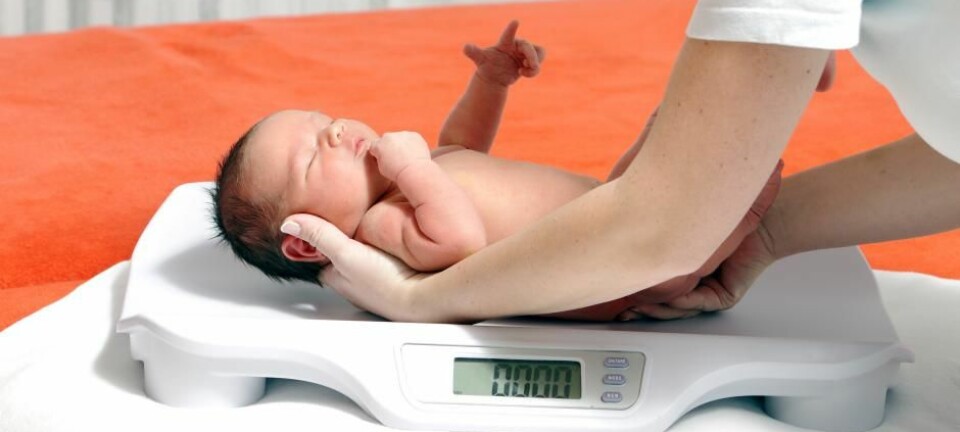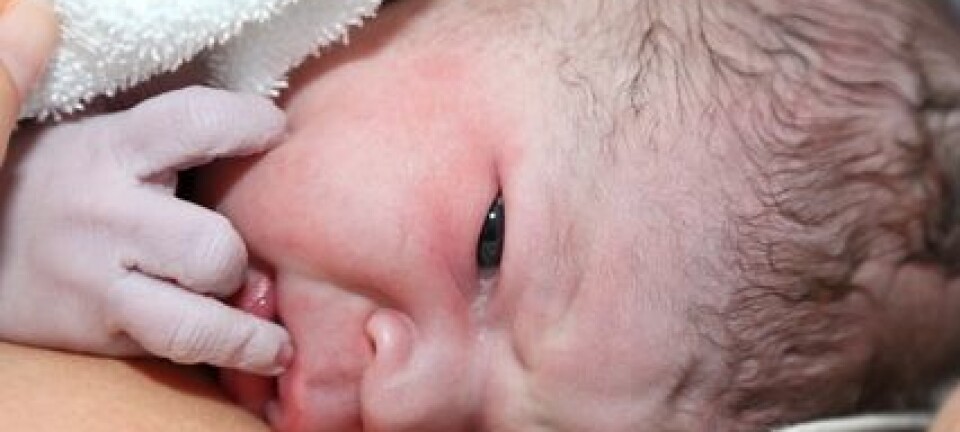
Higher mortality among mothers of children with birth defects
Mothers of children with severe birth defects are more likely to die in the years following the birth. The cause could be additional stress, say scientists.
Women who give birth to children with a severe congenital malformation suffer higher rates of mortality within 21 years after giving birth.
According to the researchers behind the new study, this could be due to stress induced conditions, such as cardiovascular disease.
The study looked at 455,250 Danish mothers, whose children were born between 1979 and 2010, and suggests that extra care should be paid to this particular group of women.
“Even though we can’t pinpoint the exact underlying cause, we imagine that it’s associated with increased stress on the women of these children who are in need of care,” says co-author Anne Gulbech Ording, from the Department of Clinical Medicine at Aarhus University, Denmark.
“We’ve no explanation of the results yet, so it’s just conjecture, but it’s probably relevant to study stress among this group of women more closely,” says Ording.
The new study is published in the scientific journal JAMA.
Alcohol could be to blame
Director of the National Institute of Public Health, at the University of Southern Denmark, Morten Grønbæk, describes the research as interesting and calls for more research in this area. Grønbæk was not involved in the new study.
There could be numerous explanations for the results, he says.
“It’s a good and careful study, which throws a lot of questions out there about what causes the increased risk of death. It could be due to stress, as the scientists themselves suggest, but it’s also a possibility that the women already had an illness they weren’t aware of and that led to the malformations,” says Grønbæk.
“And we can’t exclude alcohol,” he says, which could be the cause of both malformations in the children and higher mortality among the mothers.
Read More: Live normally despite a hole in heart
22 per cent risk of death
The new study follows on from previous investigations that showed women with children who suffer malformations suffer from higher levels of stress.
The scientists wanted to find out whether this stress had a negative effect on women’s health, as identified by increased rates of mortality.
“We’ve studied both women with a higher risk of death from medical conditions, for example, cardiovascular disease, but also whether there is an increased risk of death by suicide, violence, or accidental death,” says Ording.
They followed the women for, on average, 21 years after the birth of their children. The results showed that 1.6 out of 1,000 women with children suffering from severe malformations died from medical conditions, compared to 1.27 in the control group. There was no increased mortality due to suicide, accidental death, or violence.
In total, 41,508 mothers gave birth to children with severe birth defects, compared to 413,742 mothers in the control group.
“When we take account of the women’s age, pre-existing conditions, socio-economic factors, and other factors, we find that there’s a 22 per cent increased risk that these women will die within 21 years. It’s not a big difference, but it is nonetheless significant,” says Ording.
Read More: Birth weight linked to diabetes and obesity
Difference could be even larger around the world
The results are interesting, even though the difference is not especially big.
Grønbæk suggests that mothers of handicapped children in Denmark, where the study was conducted, receive more support than in other countries, such as the US.
And he suspects that the risk of death would be larger if the study had been based on a group of American women.
“Stress levels depends on the amount of help you receive. So even though the difference is very small in Denmark, the result is still very interesting since mortality among women whose children have malformations is larger in other countries. It’s certainly something we need to study further,” says Grønbæk.
--------------------
Read the Danish version of this article on Videnskab.dk
Translated by: Catherine Jex









